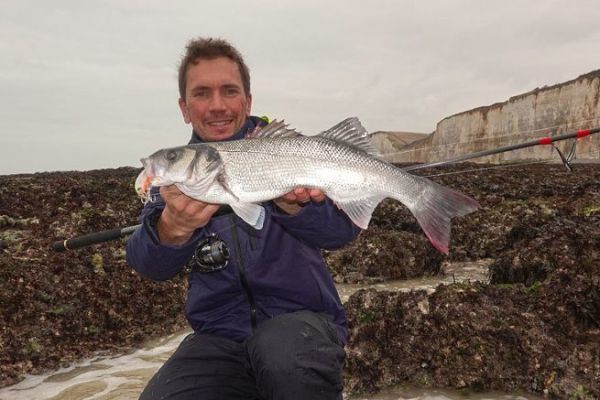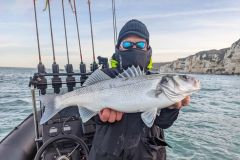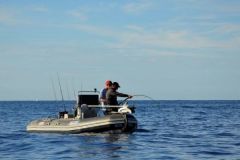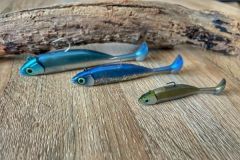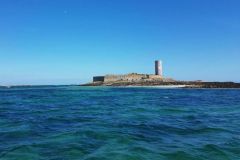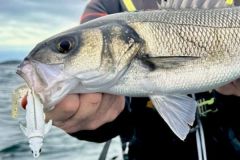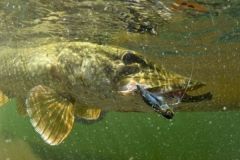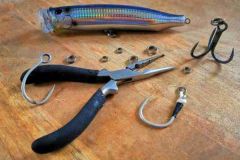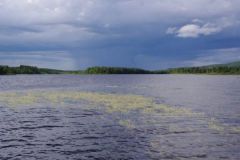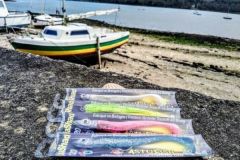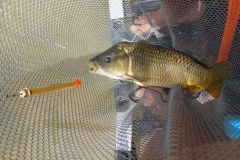Rocky areas characterized by a few points and other obstacles that disrupt the regularity of the currents are well known areas to look for sea bass. Located on a rocky coast, at the end of a cape, next to a beach, they are easy to identify.
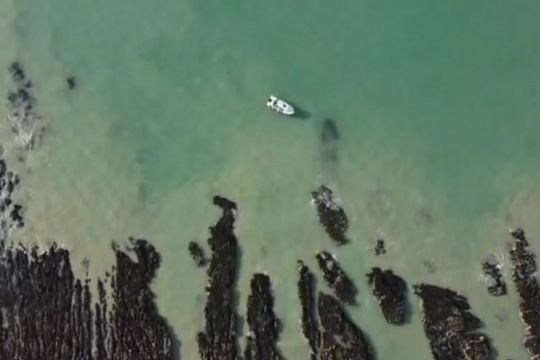
Valuable information at low tide
In order to fish methodically the rocky points, it is necessary to understand why the bass pass there, which preys are present and where are the topographic elements which attract and fix the food chain. It is at low tide that we will find the answers to our questions.
Once located, the spot must be well analyzed from the point of view of the food that interests the bass. At low tide, the detection of mollusks is a first interesting sign. Mussels, oysters, barnacles and other live mollusks hanging on the riprap are good indicators of a rather developed biotope. Then the pools at low tide provide additional indications. This time, we look for the presence of decapods (crabs, shrimps, clumps) in the stagnant waters to come back to the same places at high tide when the carnivores will enjoy these foodstuffs.
At the same time, it may happen that small fish are observed in the pools of water between the rocks. In this case, we will try to find the lures that best imitate these fish. Gobies and blennies are part of these species that support well a bath in 5 cm of water, or even an emersion for half a tide.
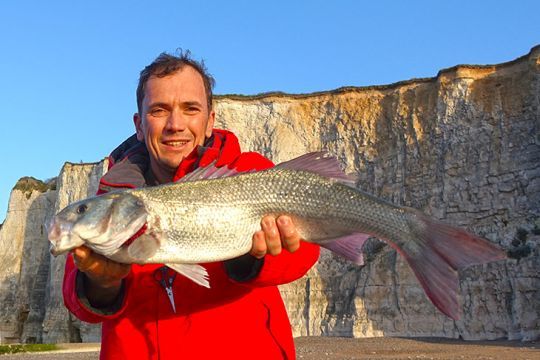
The good times of the tide
If the indications delivered by the low tide give good signs of life, the rising tide will certainly mark a period of activity of the carnivorous fish, since this food will be swept by the waves and the marked and regular currents. If I were to generalize this interesting time, I would summarize it as 2 or 3 hours of rising (beginning of the rising current) until high tide.
On the ebb, on some points appearing close to the high water mark, it can be interesting to prospect between the first and the second hour of descent, when the rising current fades. Finally, three hours before low tide, the downdraft resumes, which is why the last three hours of downdraft are often fruitful. This is a generalization that can be shifted on some large bays for example.
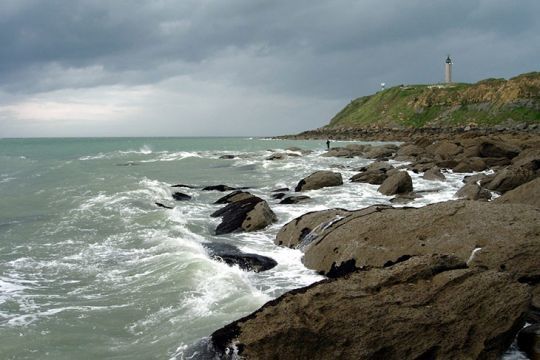
How to fish in the current
The rocky points disturb the linearity of the coast and the currents. Behind these spots, eddies of currents are created that trap drifting food. These food guards are regular meeting places for bass. Here's how to cast well on a point in the current.
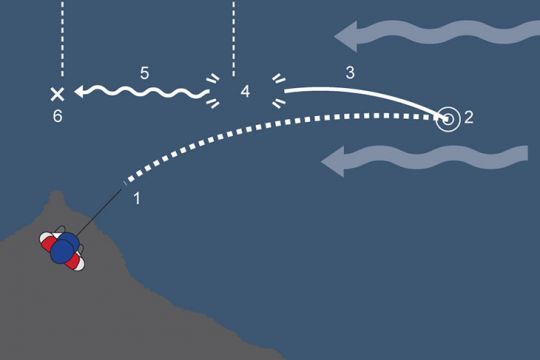
1 - Throw upstream of the current
2 - Landing (arrival of the lure on the surface)
3 - Fast recovery
4 - Slow down
5 - Slow recovery
6 - Stop
